BFCM Conversion Tactics: Smart Bundles, Flash Sales & Scarcity Marketing
Reading Time: 13 minutesStill approaching BFCM with generic discounts, last-minute price cuts, or scattered promotions?…
The add to cart rate is the percentage of visitors who added at least a single product to their cart during the session. It is an important indicator that will help you to monitor your efficiency to monetise your site.
When you are running an online store, your main goal is to increase the conversion rate of your business.
However, not every visitor visiting your site will become your paying customer. Some visitors might have tumbled upon your page from a random google search and may rapidly bounce from your web page.
So there may be infinite reasons why visitors are visiting your site.
However, one of the crucial scales to measure and identify the volume of qualified visitors is the “add to cart” rate.
In this blog, let’s discuss more “add to cart” rates, i.e. what is an average add to cart rate? Ways to increase your add to cart rate etc.
Add to cart rate can be easily calculated by dividing the number of sessions during which a shopper added an item to their cart by the total number of sessions for a given period of time. After that, multiply it by 100; for instance, if you had 400 add to cart sessions and 13000 total sessions in a month, the add to cart rate is 3.07%.
3.07% add-to-cart rate is considered as the good add-to-cart rate. A recent survey by databox shows that the average add to cart rate lies between 3-4%.
Add to cart rate is amongst the most crucial metrics to monitor if you run an online store. It lets you know about the pricing strategy, product selection, traffic acquisition, user experience, and merchandising.
For instance, if your add-to-cart rate is suddenly declining even after increasing your market spendings; this means that you are spending your money in the wrong direction and the same can be identified from ATC. It is there to show whether you are utilising your resources properly and are they reaching the right audience. Similarly, when you start charging a delivery cost, your buyers may purchase from some different seller.
So you can easily adjust issues by closely monitoring the add-to-cart rate. Closely tracking the add-to-cart will help you figure out the things affecting your click rate.
There could be any reason for a poor ‘Add To cart’ rate or poor conversion rate. However, the main reason behind this is the poor user interface. Hence, implying that either they don’t like the product, layout, or the page they are visiting is not user-friendly. Maybe they are not able to navigate to their favorite product easily. So to improve your ‘Add To Cart’ rate, it is essential to offer a seamless user experience to your visitors.
Improve your engagement level with exquisitely designed mobile application
Improving an ‘Add to Cart rate’ involves a unique set of techniques, which applies from optimizing your site or app to sending your lost customers and abandonment cart notification to remind them that they have missed something in their cart.
You can entice even your lost customers by offering them attractive rebates and offers. Below are some ways that can help you improve your ‘Add to cart’ rate:
Product pages are similar to messenger or ad marketing campaigns. Product pages are much more effective when they contain information relevant to the target audience.
These pages are generally used where customers decide to add items to their cart, so you will need to invest energy into taking care of business. Here are a few tips to streamline your product pages:
Though drawing traffic to the landing page is crucial, getting visitors to the product pages is even more important. These pages play a defining role in converting your visitors into paying customers.
Regardless of what you sell, you must comprehend your customer’s expectations and needs to motivate them. The trend of free shipping as a standard practice has changed shopper behaviour when making an online purchase. Now, most buyers expect that retailers should not charge any delivery costs. Furthermore, if you charge delivery costs, your conversion rates will be affected.
With by far most (95%) of buyers affirming that delivery costs may change their shopping decision, free delivery is an incredible motivator to support your add to cart rate.
However, is free shipping a cost-efficient process? You can easily find it by determining a minimum order value that covers delivery cost; hence, making financial sense.
Take a look at an average request value and start working from there. For instance, if a regular buyer finishes out a purchase at $30, offering them free shipping on orders more than $40 can urge your shoppers to purchase more than they had initially planned. Thus, helping to increase your order value and add to the cart rate.
A recent study by statista shows that about 88% of visitors who add items to their cart don’t end up purchasing from them. Abandoned cart notifications remind these shoppers when they proceed to the checkout page without buying any items from their cart. This approach requires well created and timed messenger, SMS, and email messages
So the recovered income is just because of the nature of the abandoned cart reminders, which offers coupons or rebates for abandoned products. Buyers can take benefit of the offer and checkout immediately. These reminders are also a great way to cross-sell and upsell other items to boost your add to cart rate.
Read Also: Why Is Shopping Cart Abandonment A Problem For Retailers?
Exit pop-ups get a terrible reputation since they can be meddling, however the advantages can offset this minor concern. These pop-ups track mouse movement on explicit pages—when a visitor is going to leave the page, it suddenly shows an overlay on the screen.
Sellers will frequently offer a promotion, discount, or free delivery in exchange for a marketing list sign up. Regardless of whether the shopper doesn’t end up purchasing anything, you’ll in any case have the option to market to them.
On the off chance that they do buy a thing or two, you’ll have started a prudent cycle: when a client makes a buy, you can sell more to them through your different channels, like SMS, messenger etc.
Nowadays, every buyer making an online purchase first checks the feedback and reviews from the previous buyers. Positive reviews and feedback play a crucial role in the buyer’s decision-making process. These reviews create a sense of trust among the buyers which consequently helps improve the ‘Add to cart’ rate and conversion rate. So enhance you customer experience by including customer feedback and reviews to your product page.
Read Also: MageNative and FireApps are teaming up to showcase all client reviews elegantly
Customers unable to get proper physical assistance when they are making an online purchase. They always depend on customer care service to resolve their queries and find solutions quickly, so they can choose whether or not to purchase.
A customer chat allows you to have real time discussions with your site visitors. It lives at the base right corner of a customer’s screen and shows a pop up to urge them to interact with your site.
When some visitors enter the chat window you can assist them by auto generated FAQs or let them coordinate with the support team to assist with their queries.
Improving your ‘Add To Cart’ rate does not only mean increasing your sales, but it will also enable you to recognize your top-performing items and obstruction your checkout process.
The difference between ‘Add To Cart’ and ‘Buy Now’ is that, ‘Add to Cart’ is when you are adding items to your cart to make a purchase. Whereas the ‘Buy Now’ option takes you directly to the payment window.
As per survey report by Ecommerce professional, the average ‘Add To Cart’ rate lies between 3-4%.
‘Add to Cart’ rate is the rate of visitors visiting your site and adding at least a single product to their cart. It is an important metric that will help you measure your performance to monetise your site. ‘Add To Cart’ rate can be improved by offering your visitors an enhanced shopping experience that will engage your visitors and entice them to make purchases. For an enhanced user experience, the first and the most important thing you need to do is offer your users an interactive and appealing mobile application. You can start your app journey with a free app trial by MageNative, which offers a 30 days full featured free app trial. MageNative offers you a platform, through which you can create an appealing and interactive mobile app for your online store.
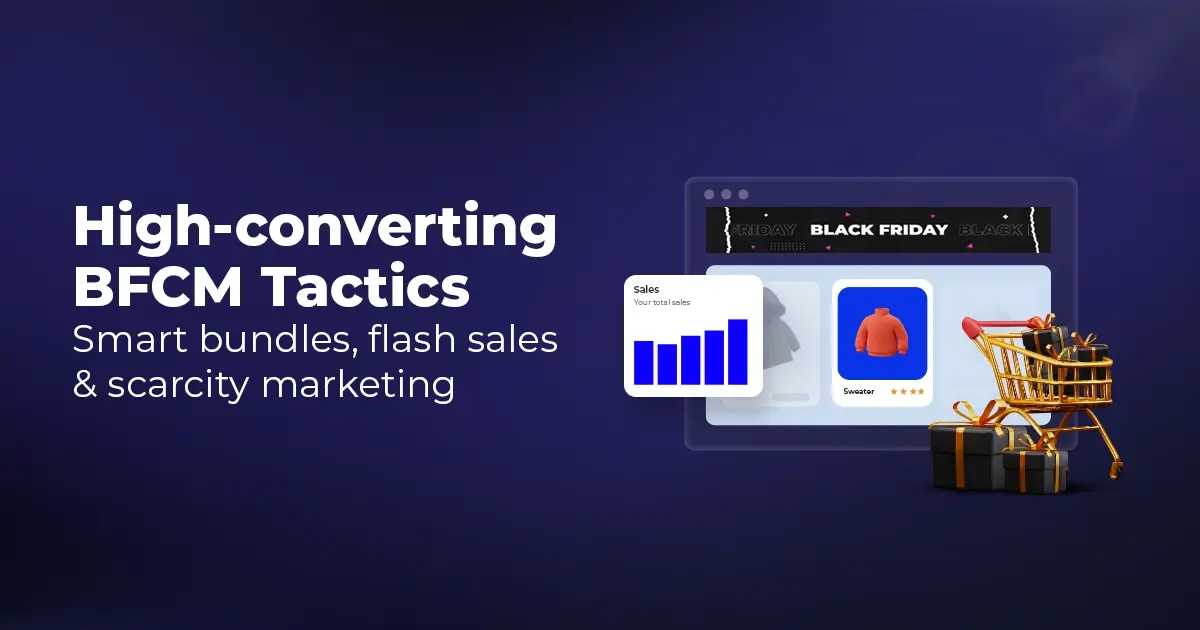
Reading Time: 13 minutesStill approaching BFCM with generic discounts, last-minute price cuts, or scattered promotions?…

Reading Time: 3 minutesTikTok Shop reached a major milestone during its largest U.S. “Global Black…

Reading Time: 3 minutesOpenAI has announced a new AI-powered shopping research tool designed to help…
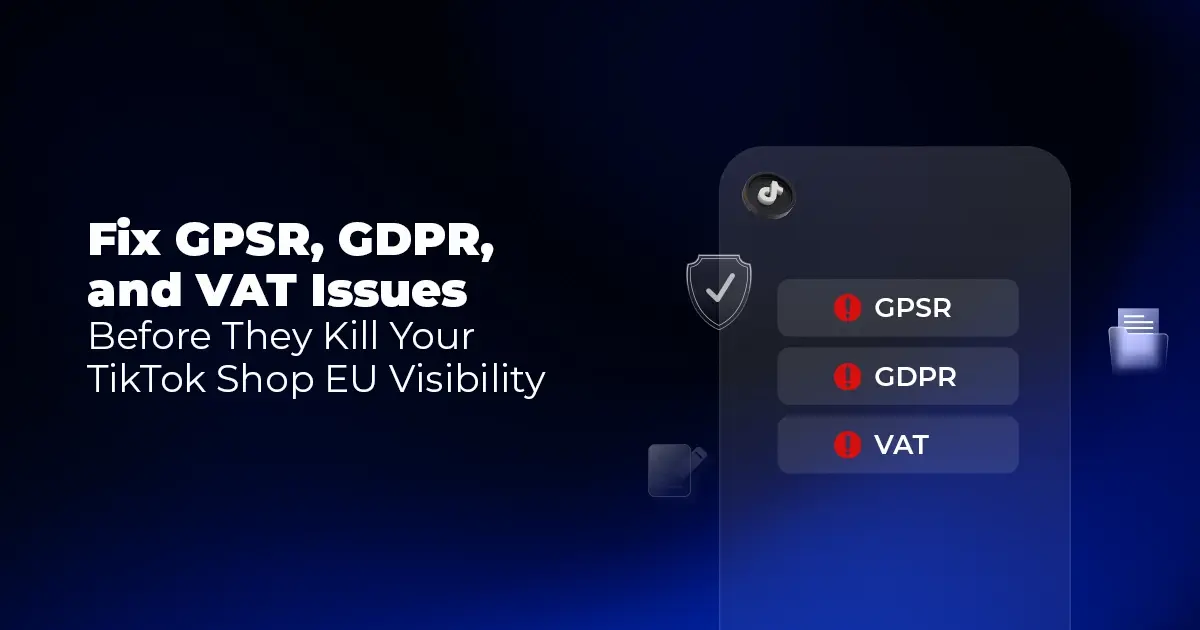
Reading Time: 9 minutesIf your TikTok Shop listings often sit in review or your visibility…

Reading Time: 3 minutesAmazon has rolled out a new “Seller Challenge” feature for eligible Account…

Reading Time: 3 minutesWalmart Marketplace has sharpened its requirements around product classification (category, type group,…

Reading Time: 3 minutesJust ahead of Black Friday, Amazon is enforcing tighter controls on its…

Reading Time: 11 minutesWhere holiday prep of past years focused on legacy channels like Amazon,…
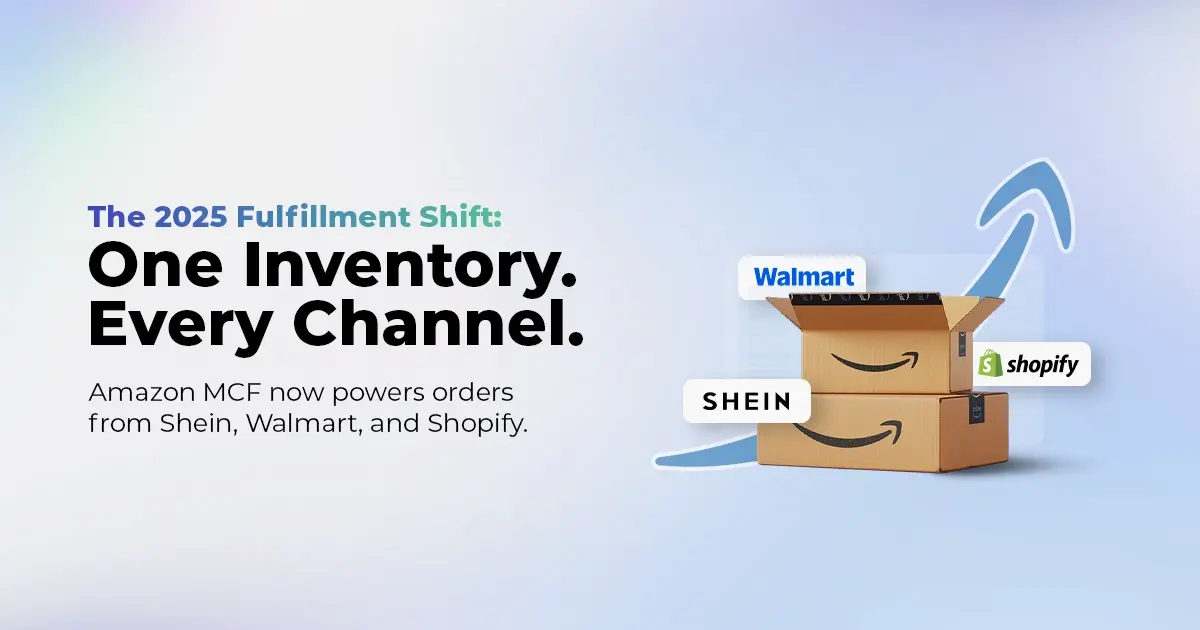
Reading Time: 11 minutesThe eCommerce shift you actually need to act on Multi-channel fulfillment has…
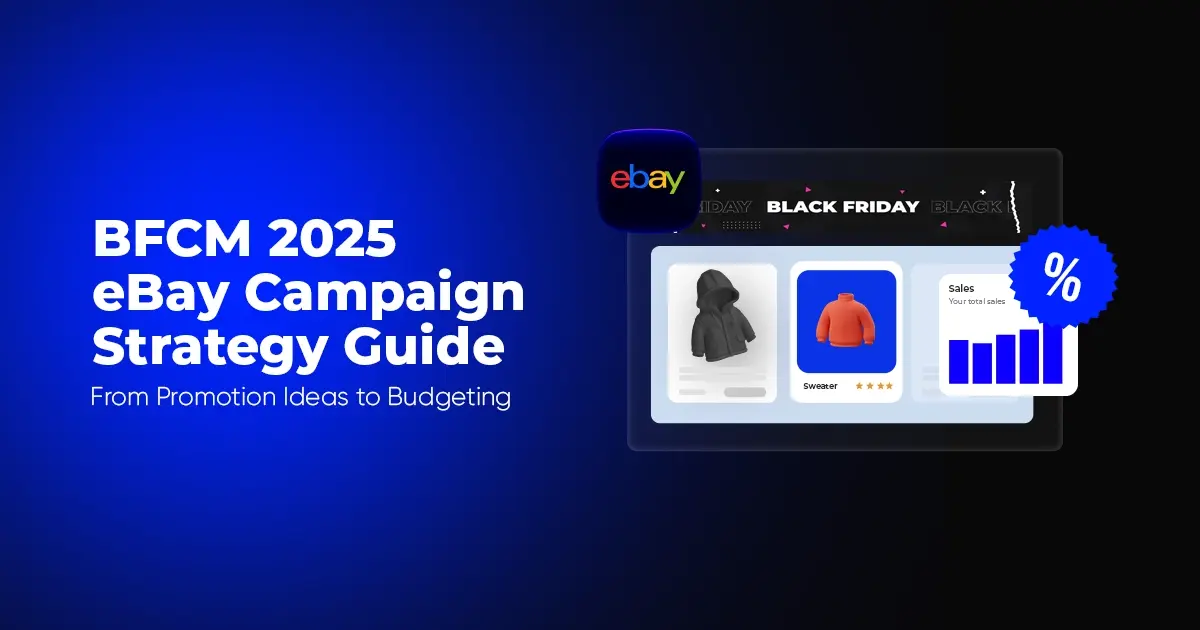
Reading Time: 10 minutesBlack Friday Cyber Monday (BFCM) isn’t a weekend anymore; it’s a two-month…

Reading Time: 2 minuteseBay is quietly testing a new feature that could reshape how buyers…

Reading Time: 2 minutesAmazon is stepping into a new era of value commerce with the…
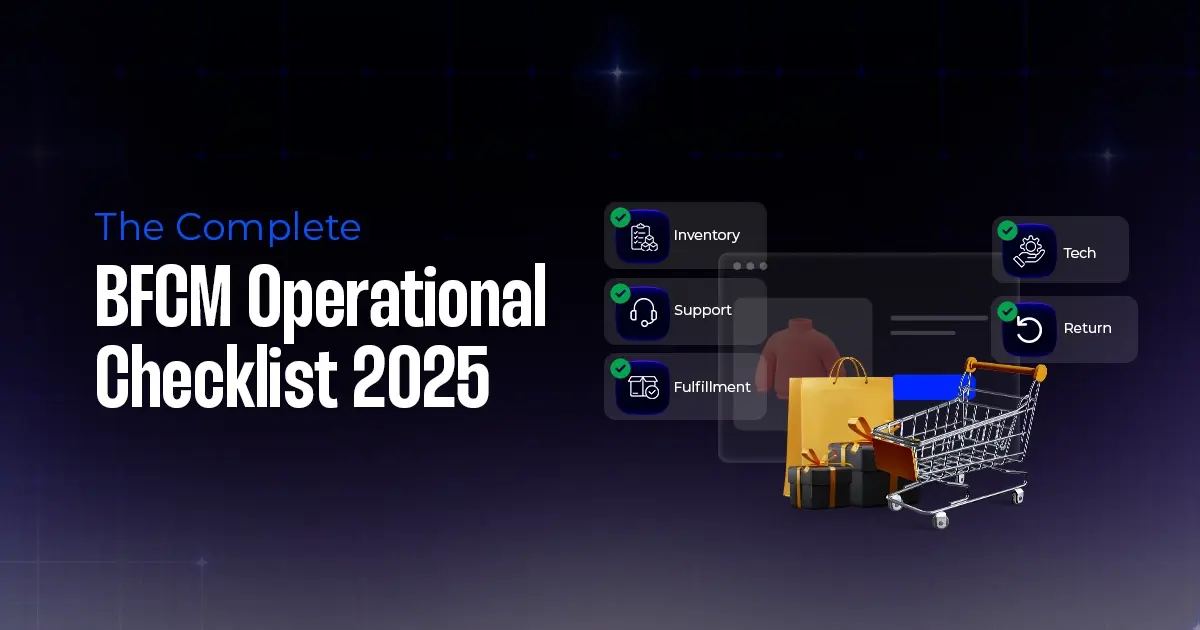
Reading Time: 11 minutesThe $240 Billion BFCM Opportunity & Why Operations Matter Every seller, business,…
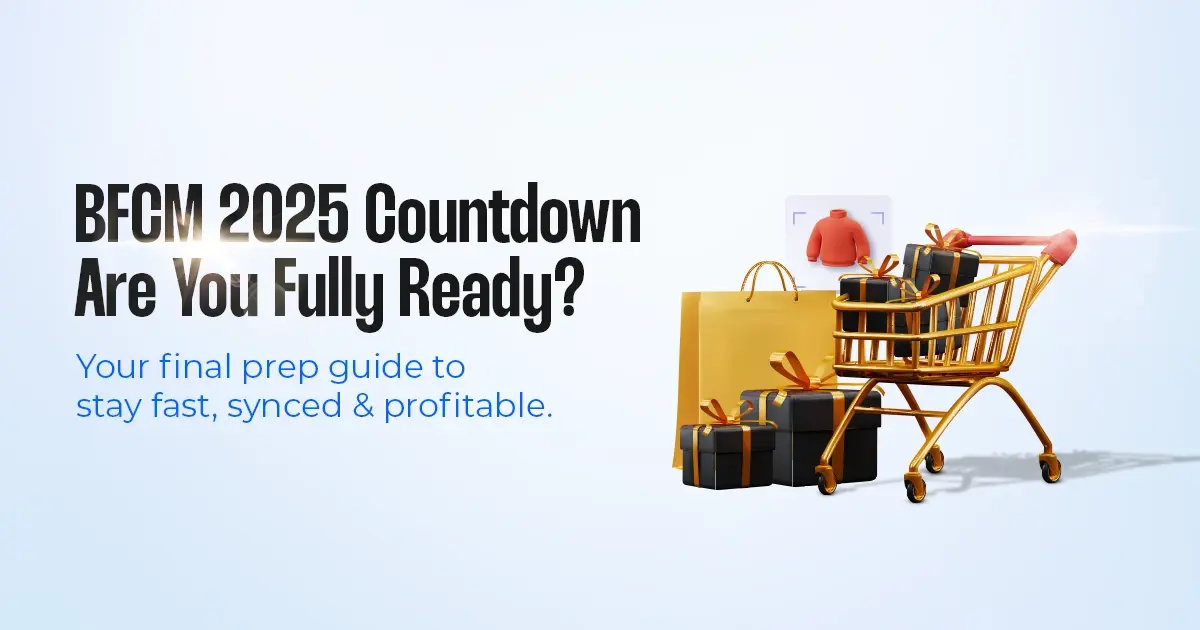
Reading Time: 7 minutesTL;DR — Your 60-Second BFCM Battle Plan Time remaining: 3 weeks until…

Reading Time: 2 minutesChina’s Double 11 shopping festival — the world’s largest annual online retail…

Reading Time: 2 minutesAs the holiday season approaches, TikTok Shop has released its September 2025…

Reading Time: 3 minutesIn a continued effort to enable sellers and stimulate new product launches…

Reading Time: 2 minutesAs global trade enters a new phase of regulation and cost restructuring,…

Reading Time: 2 minutesOpenAI Turns to Amazon Web Services in $38 Billion Cloud Deal: What…
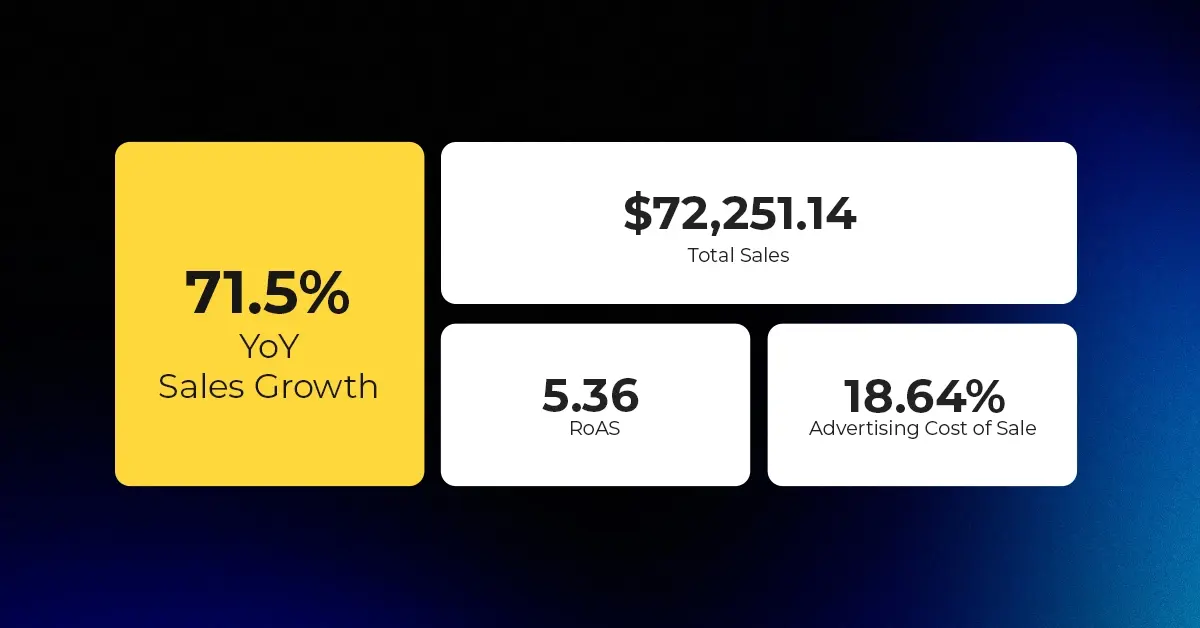
Reading Time: 4 minutesAbout the Client TMRG is a global health and wellness brand with…